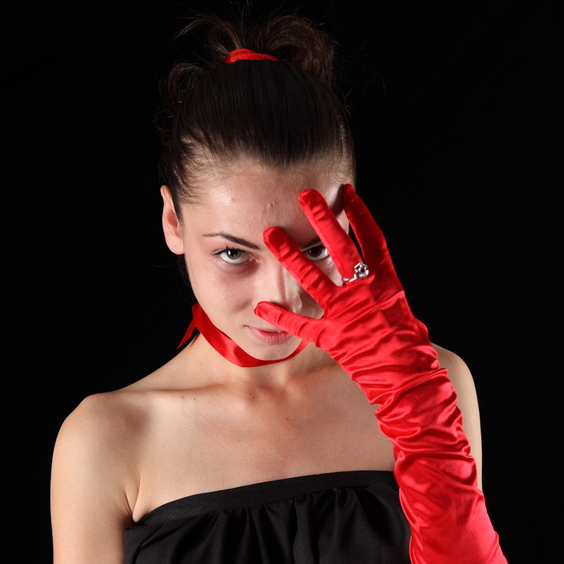Skin problem 1: Allergic fallout
Anyone can react to ingredients in Halloween makeup products, according to Arielle R. Nagler, M.D., instructor, department of dermatology, NYU Langone Medical Center, New York City.
“Reactions that are irritant in nature are faster in onset, while reactions that are allergic (type IV hypersensitivity) tend to be delayed, appearing between 24 to 96 hours after exposure,†Dr. Nagler says. “Patients who present with eczematous eruptions and pruritus after Halloween makeup should be evaluated for an irritant or allergic contact dermatitis and treated with topical steroids. If an allergic contact dermatitis is being considered, the patient can be referred for patch testing to identify the offending agent. It is particularly important to consider adhesives as culprits for reactions around eyes because these are common allergens and frequently used in attaching fake eyelashes. Other common culprits in facial cosmetics include preservatives such as methylisothiazolinone, metals such as nickel, propylene glycol and lanolin.â€
Red dye is one of the main culprits for skin irritation, according to Elizabeth Tanzi, M.D., founder and director, Capital Laser and Skin Care, Chevy Chase, Md., and clinical professor of dermatology at the George Washington Medical Center.
“The classic signs for irritant or an allergic contact dermatitis can develop with pruritus and erythema, but I’ve even seen papular and vesicular reactions in the past that can be quite severe. Although a topical corticosteroid is all that’s needed in most cases, the most severe cases may require intramuscular corticosteroid as treatment,†Dr. Tanzi says.
Allergic or irritant contact dermatitis can also occur from fragrances, such as Balsam of Peru, or preservatives, including parabens, found in makeup, according to Julia Tzu, M.D., of Wall Street Dermatology in Manhattan, New York City.
“It presents as an itchy or irritated pink to pink scaly rash,†Dr. Tzu says. “Topical steroids can be used to treat both allergic and irritant contact dermatitis.â€
Skin problem 2: The big breakout
Acne can be a problem when using heavy (especially oil-based) makeup on the skin, according to Dr. Tzu.
“To treat comedonal acne (which results from clogged pores and appear as blackheads and whiteheads), use a keratolytic agent, such as a topical retinoid,†Dr. Tzu says.
Dr. Nagler said that short courses of topical acne therapy, including benzoyl peroxide, salicylic acid, topical antibiotics or tretinoin can be used if patients do develop acne after applying Halloween makeup.
Dendy Engelman, M.D., a New York City-based dermatologist and Galderma consultant, said post-Halloween attempts at makeup removal can result in rosacea flares.
Skin problem 3: Scary infections
Dermatologists might encounter skin infections from sharing makeup, according to Dr. Nagler.
“Since makeup is often applied to and around mucosal surfaces there is significant risk of infection,†Dr. Nagler says. Sharing makeup can increase patients’ risk of catching [an] upper respiratory tract infection, herpes and even bacterial infections in open areas. Skin infections need to be evaluated on a case by case basis, but both viral causes such as herpes and bacterial causes must be considered.â€


Recent Comments